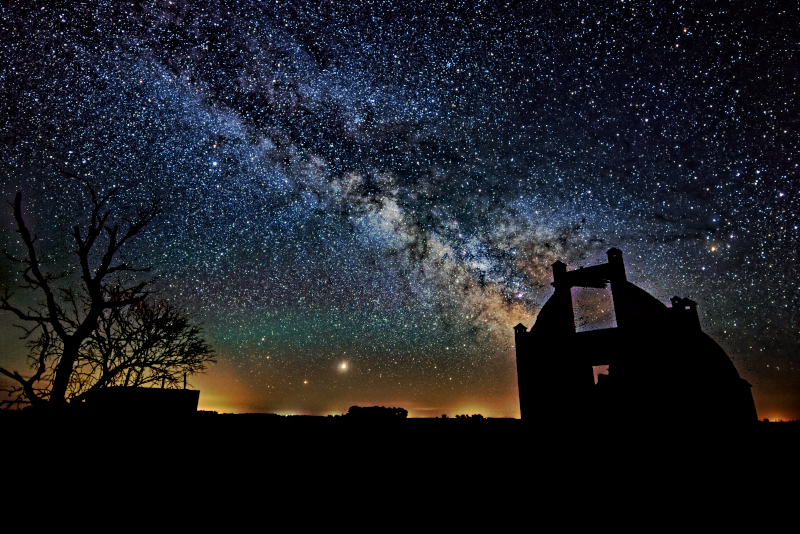 Originally posted by UncleVanya
Originally posted by UncleVanya 
Thank you. Thatís helpful information. I was curious, in that particular image it seems worse on the left and bottom - I expected coma to be more evenly distributed in all the edges of the frame. Does this image show decentering and coma?
Good question about decentering. I think it's just a case of fewer bright stars on the right side, so you notice less coma there, rather than a decentering issue.
Here's another example where a very good general-use lens, my FA 43 f1.9, comes up short for astrophotography. It's my fastest lens but has horrible coma. This sample was with the crop K-5 and would be even worse with full frame. It's interesting how the coma pyramids point towards center with the FA 43, and away from center with the earlier DA 14 example.



 Similar Threads
Similar Threads 



















 Post #11 by MossyRocks
Post #11 by MossyRocks








